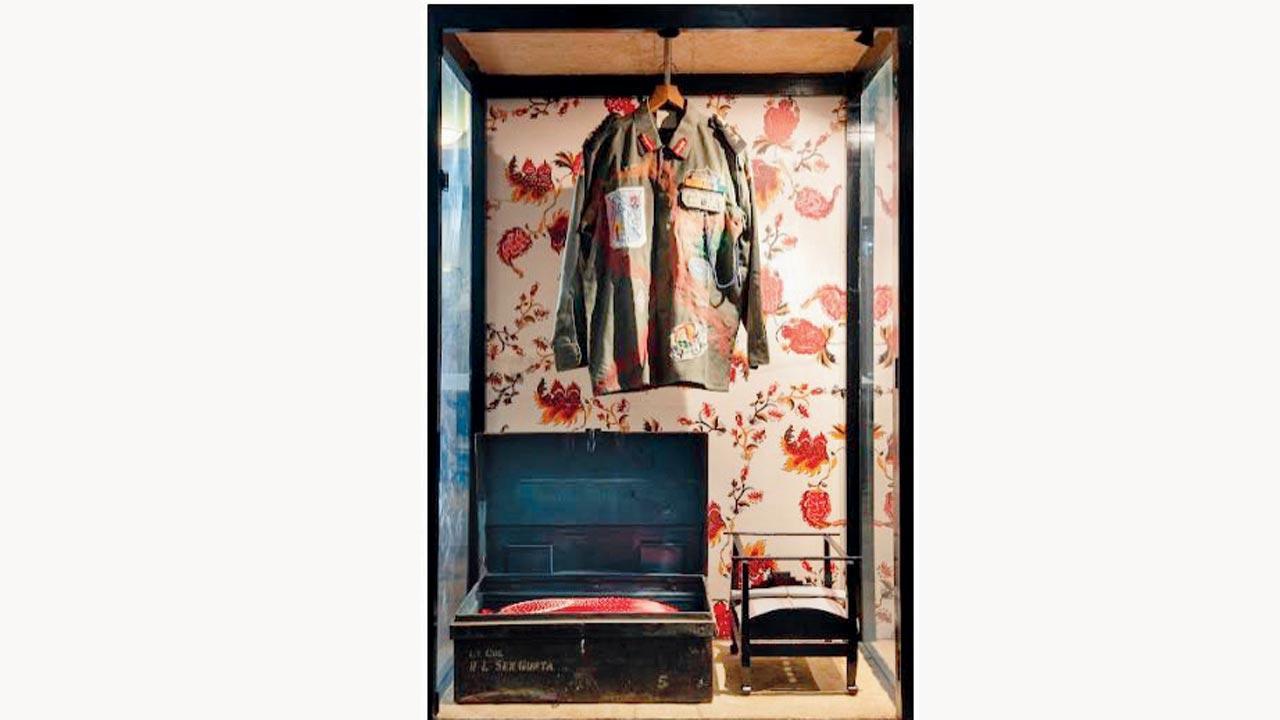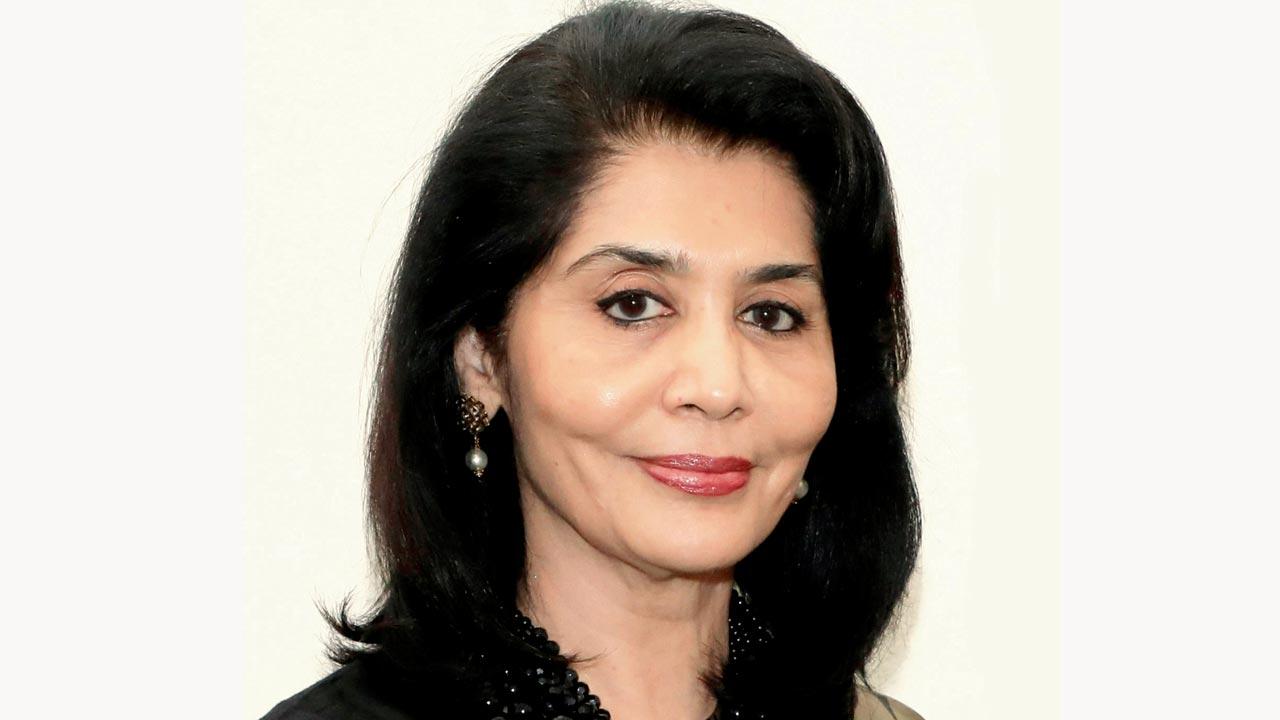With the city’s oldest museum shut for renovation, walk through its digital archives to explore its art, historic and cultural gems

Rivers of Blood. Pic Courtesy/BDL Museum
This writer misses the resplendent environs of Rani Baug, where Dr Bhau Daji Lad (BDL) Mumbai City Museum is lodged. When amidst its assemblage, one can’t help but gape at the Corinthian columns, iron palisades, Minton tiles and gold gilding. No digital archive equals the physical presence of the impalpable, but does it complement the experience? Yes, especially in the face of crises.
ADVERTISEMENT
 Tasneem Mehta
Tasneem Mehta
The museum remains closed to the public for maintenance from August, 2022. After four months, we tour through its virtual galleries, which is being updated since November 2022, to reinvoke our faith in the tricks of time. We begin with Connecting Threads — a display tracing the context to textile traditions in contemporary India. It hosts Paula Sengupta’s Rivers of Blood, an exhibition featuring collected memorabilia such as a trunk, a shirt, an old embroidered bed sheet and vinyl stickers that embody histories of displacement. We proceed to Praneet Soi’s Notes on Labour — a compilation that offers his years of work on labour politics. An installation titled Kumartuli Printer was dedicated to the artisans of Kumartuli — the potters’ quarter of Kolkata — to remember how these idol-makers had quit their traditional occupation in search of employment. We make our next stop at Asymmetrical Objects, a visual exposition developed by 10 artists to study the Age of the Anthropocene and its impact on biodiversity. These pieces from the past unspool awe at consumption and degradation.
About the process of putting it together on a screen, museum director Tasneem Zakaria Mehta, says, “We spent years making a digital inventory of the museum’s collection and conducted deep archival research in physical and digital libraries. The biggest challenge is the speed at which technology changes. One has to think years ahead in terms of how the information is recorded while understanding that the present technology and devices may be obsolete within a decade. The equipment required for museum-quality digital photography, scanning, cloud storage; and archiving is expensive and requires teams that are trained to adapt to the changing formats.”
Visitors can select exhibits from labels based on their interests, cities, preservation techniques and eminent artists. We hope that the online repository is supplemented by aural detailing soon.
Log on to artsandculture.google.com
 Subscribe today by clicking the link and stay updated with the latest news!" Click here!
Subscribe today by clicking the link and stay updated with the latest news!" Click here!







